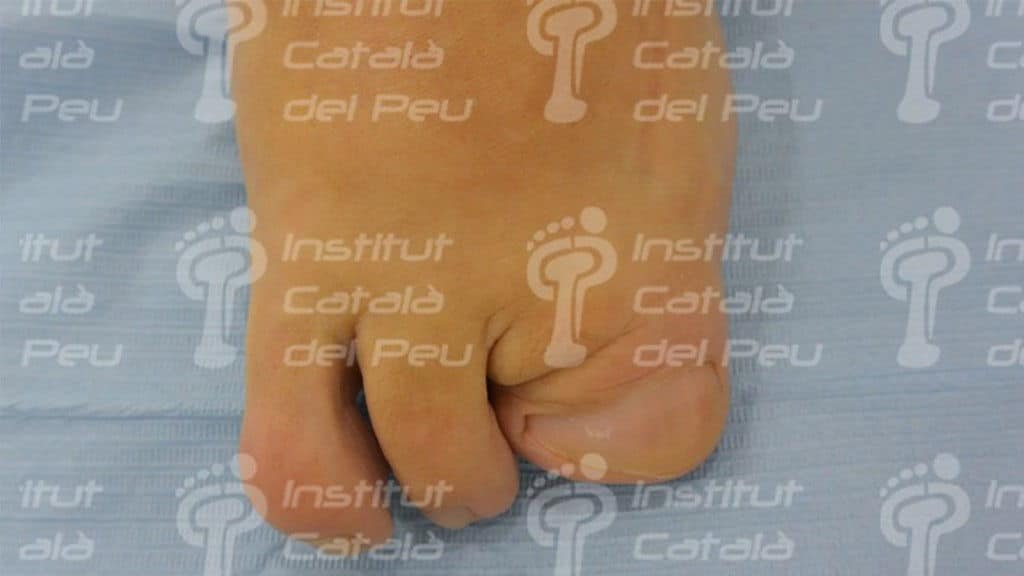The agenesis is a partial or complete anomaly of the development of an organ during the embryonal growth or the embryogenesis.
It is a kind of malformation which is not very usual and it appears because of a lack of embryonal tissue, showing of viral or chemical agents as well as the intake of several drugs during the fertilization period.
The different kinds of agenesis which affect the extremities are:
a) Phocomely: absence of the proximal segment of an organ.
b) Hemimelia: there is an absence of the distal segment of the member with a congenital amputation.
c) Amelia: complete absence of one or several extremities.
d) Rhizomelia: shortening of the proximal segment of the member.
e) Micromelia: shortening of the distal segment of the member.
f) Mesomelia: shortening of the intermediate segment.
g) Peromely: extremity mutilation with distal stump formation.
h) Hypermelia: unilateral duplication of a member covered by the same skin.
i) Melomelia: independent duplication of a member.
The agenesis can cause to the patient problems of normal execution of motor skills and social or psychological problems. This malformation can be diagnosed during pregnancy through ultrasound scan.
There are several treatments and always depending on each specific case. Such treatments will go directed to the making of prosthesis to substitute organs, orthopedic splints, surgery or physiotherapy.
In this issue I have taken several photos of an example of agenesis of metatarsal radiums. The patient had in this extremity other morphologic disturbances like for instance, an adduct metatarsus, an echino-varus foot, an asymmetry of extremities and a reduction of the development of the extremity as a whole.
The treatment which we designed was an orthopedic system that converges between the plantar support and the orthoprosthesis with the aim to offset the biomechanical alterations and to give a bigger function to the reduction of the organ.
